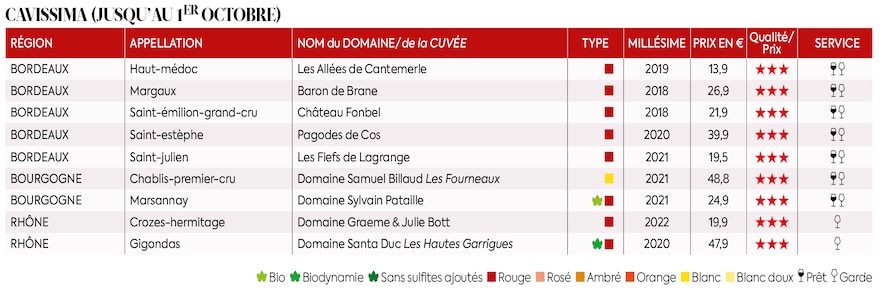As soon as the school year starts, Wine Fairs are installed in most major retail chains, at wine merchants and on merchant sites. After a 2023 edition down both in value – 988 million euros (- 2%) – and in volume – 133.5 million bottles purchased (- 5%) -, this year’s event will be crucial for the entire sector, especially in a context of falling purchasing power. To guide you, L’Express presents the details, e-tailer by e-tailerwith the different dates of these bacchic festivals which have become unmissable. Enough to enrich your cellar at a lower cost.
After a spectacular peak in 2021 (46% of online buyers) due to lockdowns, online wine purchases have been falling steadily since then: 41% (2022), 38% (2023) and 33% (forecast) this year. A simple return to the low point before the pandemic (31%), the importance of the performance of which must be measured: barely 2% of visits to sites result in a sale, compared to 5 to 10% in mass distribution and 70% in wine merchants.
Beyond this “normalization”, the Sowine/Dynata 2024 barometer notes that producers’ websites are becoming the preferred platform for online wine buyers (33%), an increase of 6 points compared to 2023. They are followed by historic e-wine merchants (32%), who are also progressing by 6 points, while mass distribution websites (27%), whose exclusive references and their drive explain the success, this time experience a drop of 5 points. The fact remains that, whatever the profile of the players, the offer is generally very qualitative.
CAVISSIMA
© / The Express

CDISCOUNT
© / The Express
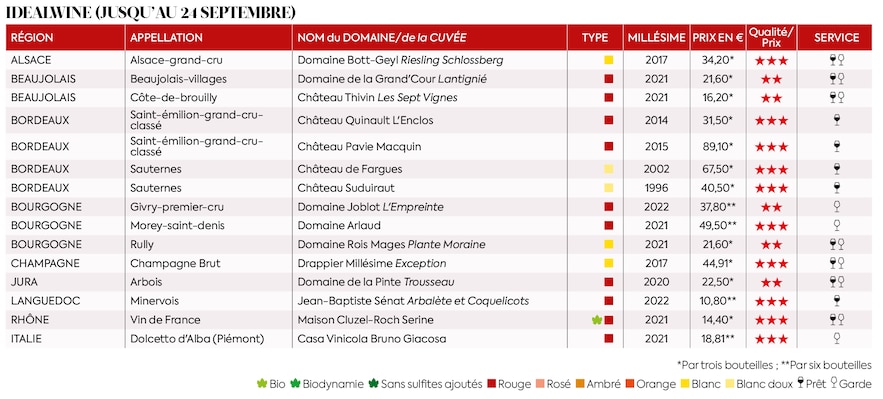
IDEALWINE
© / The Express
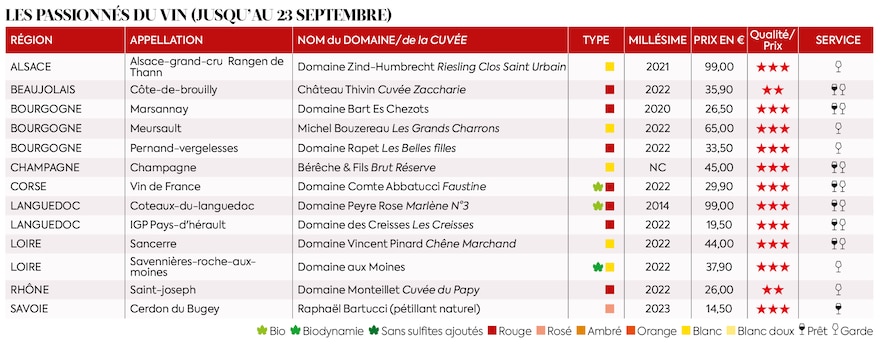
WINE PASSIONATE
© / The Express
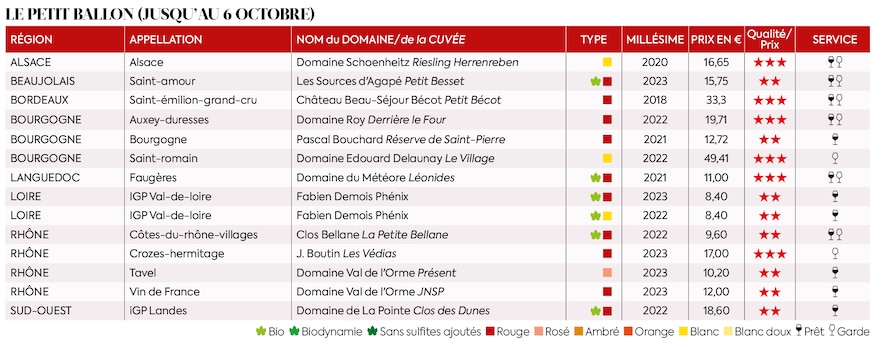
SMALL BALL
© / The Express
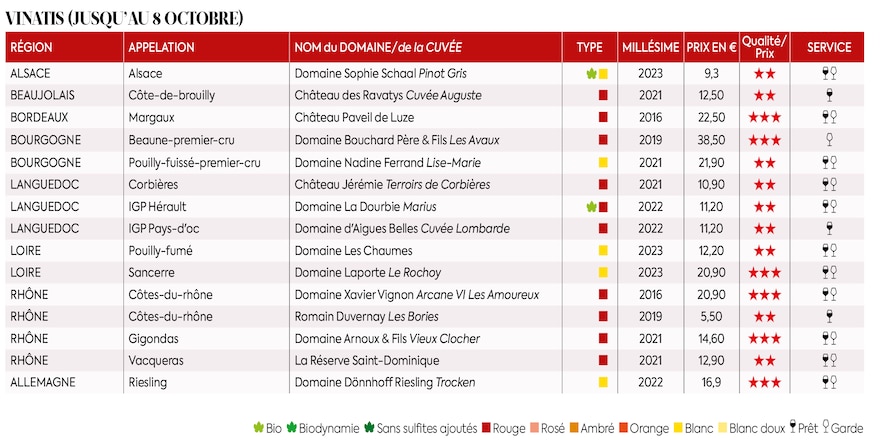
VINATIS
© / The Express
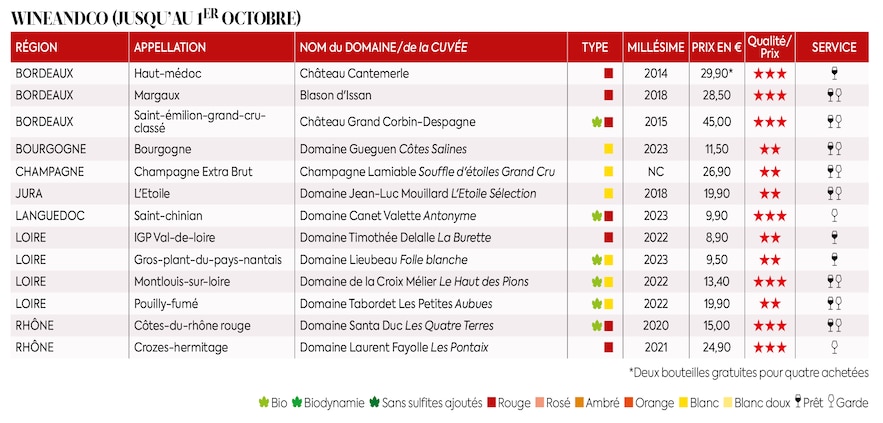
WINEANDCO
© / The Express
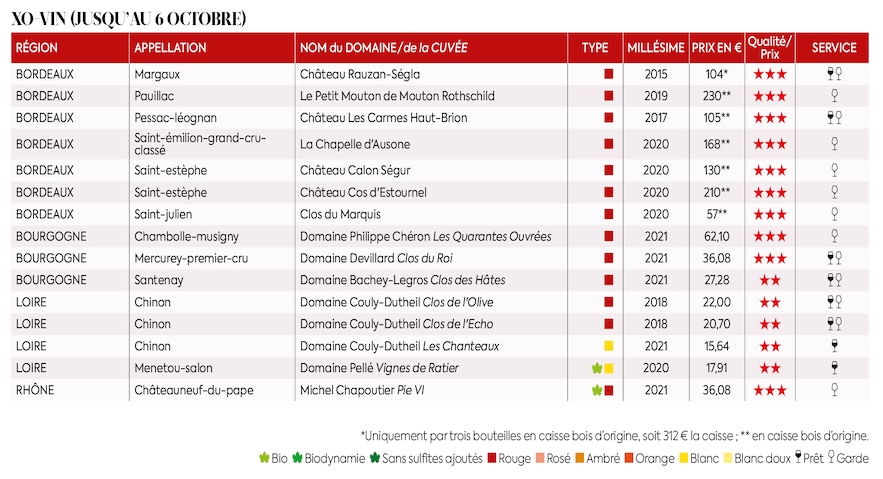
XO-WINE
© / The Express
